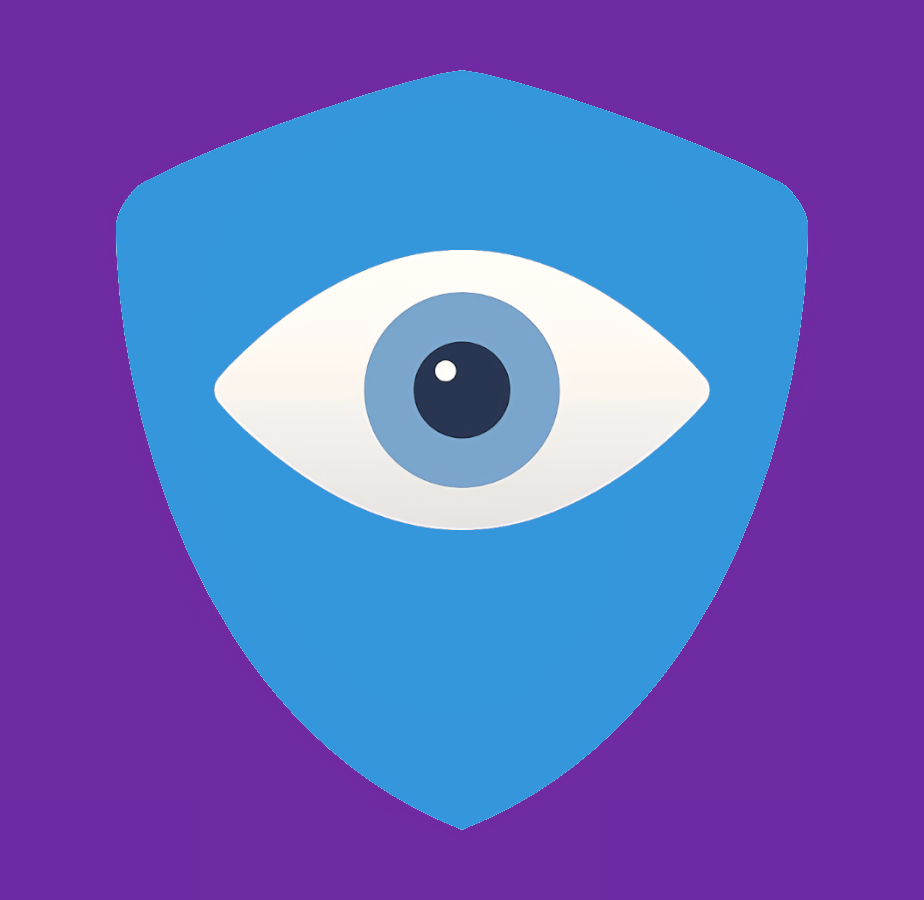edit: thank you all for your replies! They are all very helpful. I am reading through them and will ask follow-up questions if needed.
I made a post some days ago asking about LineageOS, but my curiosity towards Google Pixels and GrapheneOS has been growing. As somebody who has always used regular Samsungs and iPhones, I hope somebody can clear up some questions I have regarding this OS.
I plan that my next phone is to be either a Motorola (LineageOS/SailfishOS?) or a Pixel (GrapheneOS). My first question about GrapheneOS, or really any non-standard OS, is this:
- how does having an account on the device work? For example, Samsungs require a Samsung account and iPhones require an iCloud account. How does it work on non-standard OSes?
My second question touches on built-in apps that you often get with every phone:
- does GrapheneOS have its own Notes/Drive/Photos/Messages app? If not, how does one go about obtaining these? Related question:
- how do I sync my notes/photos/files/etc to the “cloud” of GrapheneOS?
My third question regards the app store of GrapheneOS. I have heard that the sandboxed Play Store is better than FDroid, for instance; what are your thoughts? Do I go for Aurora Store instead? Is there any major difference at all? Is it possible to use multiple app stores?
- note that I likely won’t be solely relying on FDroid since I need some non-FOSS apps (FB Messenger for contacting family for example).
I know that in the privacy community, it’s very common to fix up a cloud of your own (i.e. NextCloud). I have no experience doing this, but is it something I must do when I install atypical OSes? Then comes the question about pricing, how private and secure it really is, which one to choose… and so on.
I understand many of these questions will sound stupid to those who are experienced, but I have not been part of this community very long. Feel free to link any educational videos or articles that answer my questions. I hope to learn more about this subject and one day installing a more secure system on my phone. Cheers!


So, regarding the account: it depends. AFAIK, there’s no “graphene account” in grapheneos, but you can use the regular google account after installing sandboxed play services. Note: you don’t have to, the only things from google I personally used were gcam (since their hdr+ thingy is quite good) and photos (since foss alternatives I’ve tried can’t 3d transform), both without play services and internet access. On other roms there may be an optional account (ex, /e/os).
Applications: there’s a messaging app (regular SMS) and gallery (not sure here, tho, mb there wasn’t; once again I decided to keep using google photos), otherwise - nope. All can be obtained from f-droid/play store/aurora. Syncing probably needs to be done via 3rd party stuff (I’d probably go with self-hosted nextcloud instance, which can be done rather easily and for free with tailscale if you have a spare laptop/pc)
App installation: I personally went with f-droid plus aurora (since the proprietary software I use doesn’t rely on play services other than for sending notifications, exception - gcam, but fixable with gcam services provider from f-droid with the caveat of not being able to use sandboxed play services due to the name collision). Idk how exactly sandboxed play services are “better” compared to f-droid, mb in terms of software availability? Otherwise I prefer f-droid since stuff there is Foss, trackerless and overall better audited (paste here the links to numerous articles about actual malware being found in play store).
Self-hosting nextcloud is relatively easy (I can drop some links later if you’re interested), but you can also keep using whatever you used before. Also (correct me if I’m wrong) /e/ provides their cloud with some amount of free storage, so you may want to start with that.
Hi, thank you for the comment! I’m very interested in those links about getting started with NextCloud. :)
So, as I’ve mentioned, you’ll need another machine (I’d advice running Linux on it, but it’s probably not strictly necessary)
The easiest route would probably be to run their all-in-one docker image. I believe, their instructions are rather straightforward. It would be enough to expose port 8080 only in the provided
docker runcommand.Then accessing from outside the local network may be accomplished via tailscale.
By default it will be accessible from within your tailnet only, but if it doesn’t suite you (e.g. you want to use another VPN on your phone to hide your traffic from your provider or bypass regional restrictions) you can expose it to the internet via tailscale funnel.